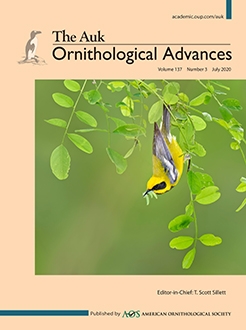BioOne.org will be down briefly for maintenance on 13 August 2025 between 18:00-21:00 Pacific Time US. We apologize for any inconvenience.
RESEARCH ARTICLE (9)
PERSPECTIVE (1)
AWARDS (7)
BOOK REVIEW (2)
IN MEMORIAM (2)
REVIEW (1)

